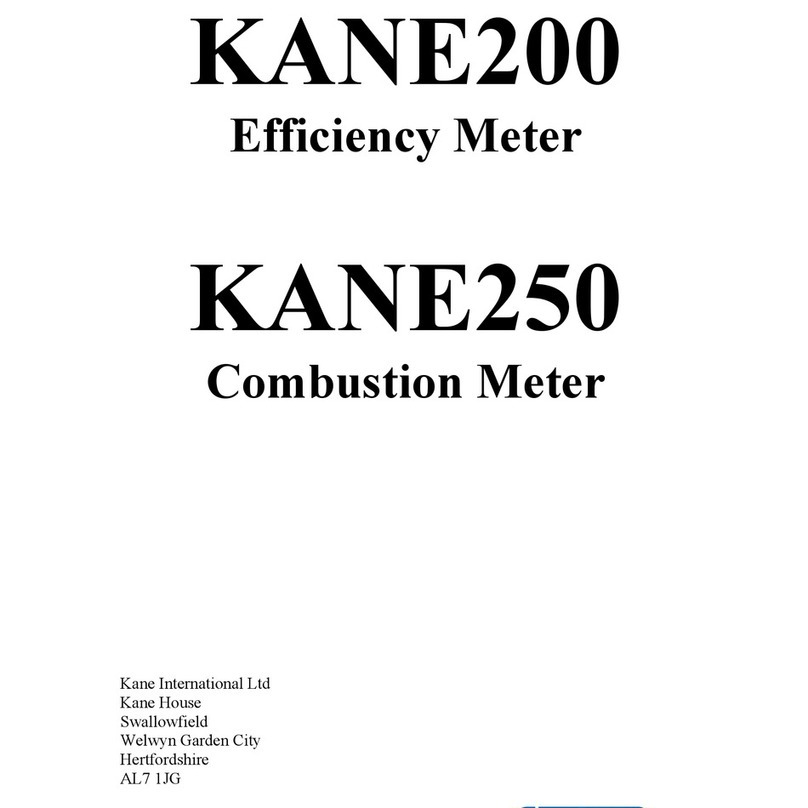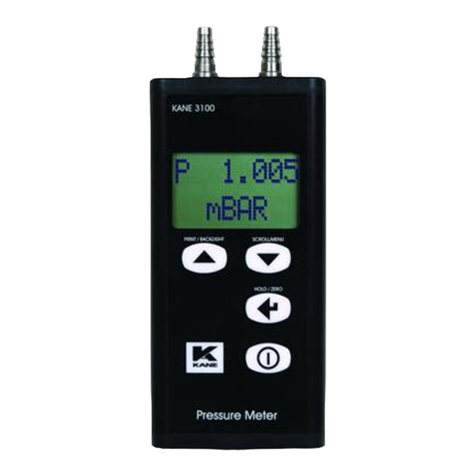Digilert 100 beeps for three seconds, pauses for three seconds, and repeats
that pattern. The numeric display flashes. The beeping pattern and the flashing
continue until the level decreases or the Digilert 100 is turned off.
Display update and response time. In Total mode, the numeric display is
updated each second. In the dose rate modes, the numeric display is updated
every three seconds. When the radiation level is less than 1,000 CPM, the
reading in any of the dose rate modes is based on the radiation detected in the
immediately previous minute. In order to give a quicker response to changes,
when the radiation level exceeds 1,000 CPM, the reading is based on the
previous 3 seconds, as shown in the following table. This automatic change in
response time is called auto averaging.
Radiation level Basis for reading
<1000 CPM or 1 mR/hr 1 minute
>1000 CPM or 1 mR/hr 3 seconds
Note: You can set the response time to 3 seconds at all radiation levels using
the Utility Menu; see "The Utility Menu" in this chapter.
Taking a Timed Total Count
The Digilert 100 can give you a total count for a timed period of from one minute
to 24 hours.
A timed total count is useful for determining the average counts per minute over
a period of time. The number of counts detected by the Digilert 100 varies from
minute to minute due to the random nature of radioactivity. When a count is
taken over a longer period, the average count per minute is more accurate, and
any small increase is more significant.
Taking an average allows you to detect low-level contamination or differences in
background radiation due to altitude or soil mineral content, and can be useful
for educational purposes. For example, if one 10 minute average is one count
higher than another 10 minute average, the increase may be due to normal
variation. But over 12 hours, a one count increase over the 12 hour
background average is statistically significant.
7
































